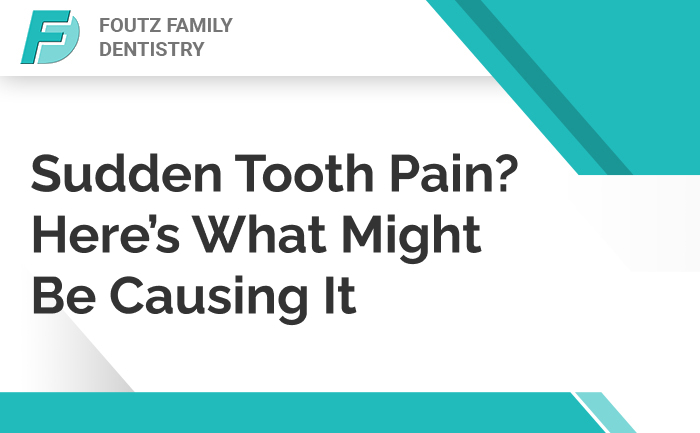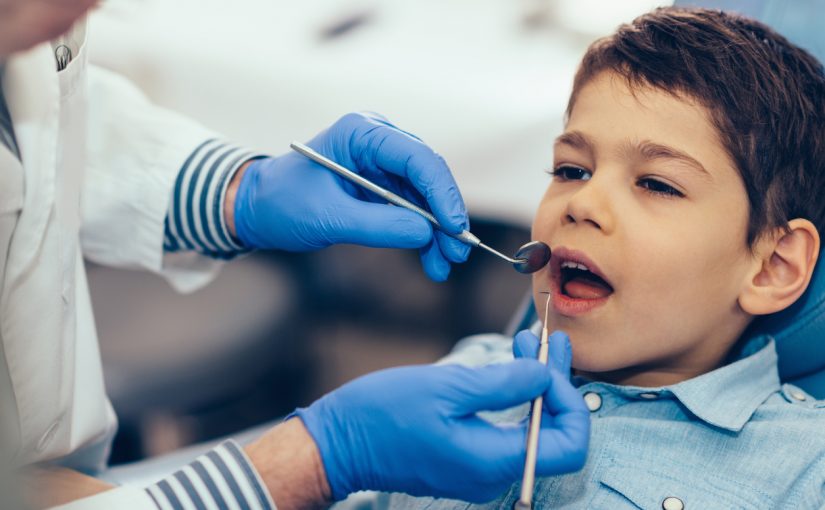While chemical bleaching methods exist and were popular a few decades ago, all-natural teeth whitening methods are trending for their practical, eco-friendly, enamel-friendly capabilities. The quest for a dazzling smile can feel endless if you don’t know the best teeth-whitening solutions that are safe and effective.
Read on for what works and what doesn’t with all-natural teeth whitening methods for a brighter, more brilliant grin.
The Appeal of Natural Teeth Whitening vs. Chemical Teeth Whitening
Natural and chemical teeth-whitening methods are similar in one way—they usually get the job done, although chemical methods can be a bit more temporary. However, natural methods use gentler ingredients, reducing the risk of sensitivities and gum inflammation. Chemical agents may contain aggressive bleaching substances that damage enamel, while all-natural methods are designed to decrease damage to teeth and gums.
Most people want instant gratification using teeth-whitening methods, which they get with most chemical whiteners. However, chemical treatments are more intense and often irritating, whereas natural methods have a gradual teeth-whitening process for subtle, natural improvements over time. Additionally, all-natural methods are typically environmentally friendly with less reliance on chemical waste, while chemical products leave a bigger carbon footprint.
Effective Natural Teeth Whitening Methods
- Baking Soda: A Proven Whitening Agent
Natural and usually a household product, baking soda is a proven whitener with mild components to remove stains from the surface of teeth. Form a paste with a teaspoon of baking soda and water, then brush and rinse normally.
- Hydrogen Peroxide: Nature’s Bleaching Element
You can swish this bleaching agent as a mouthwash by diluting it with water (be careful not to swallow any) or mix it with baking soda to create an all-natural teeth-whitening paste.
- Activated Charcoal: A Trend with Benefits
Charcoal is a newer teeth-whitening method. It absorbs stains and eliminates toxins for cleaner, brighter teeth and fresher breath. Dip your brush in activated charcoal and brush your teeth as you would typically, rinsing afterward.
- Coconut Oil Pulling: Traditional and Effective
This all-natural teeth-whitening method has been around for centuries. It involves swishing coconut oil in your mouth for up to 15 minutes and then spitting it out. It reduces harmful bacteria and encourages better oral health.
Ineffective or Harmful Natural Whitening Methods
- Lemon Juice: Much Too Acidic
Lemons may freshen breath and temporarily whiten teeth, but the juice is too acidic. It can cause enamel breakdown, resulting in gum erosion and cavities.
- Strawberries, Apples, and Other Fruits: Misleading Myths
You may have heard that certain fruits are natural scrubbers for teeth. However, this myth is unfounded and often a way for parents to encourage kids to eat more nutritious foods.
- Turmeric: The Yellow Option
There’s a rumor that turmeric is a natural teeth whitener, but the spice can stain your teeth instead.
Protecting Your Enamel and Gums
Enamel is a thin layer of protective, natural coating over each tooth. Excessive use of chemical teeth whiteners can erode enamel and push back gums, making it harder to maintain good dental hygiene. Prioritize oral health with all-natural teeth-whitening methods, lessening the risk of periodontal disease or damaged teeth.
Side note: Whitening your teeth is an occasional measure for a brighter smile. For overall oral health, use fluoride toothpaste daily. It strengthens enamel and prevents deterioration.
Combining Natural Teeth Whitening Methods with Professional Care
Before using teeth-whitening methods, chemical or all-natural, consult a dentist. Your teeth and gums must be strong and healthy to ensure safety and efficiency when utilizing any paste or substance on your enamel.
Want to dazzle at your job interview? Have a big event coming up? What about a reunion? Achieve your brightest smile with all-natural teeth-whitening methods in place of harsh chemicals. Contact Foutz Family Dentistry to schedule a professional cleaning and examination!










 Dr. Barton Foutz of
Dr. Barton Foutz of 


